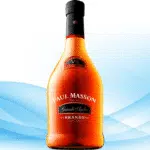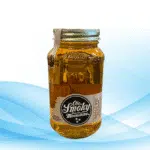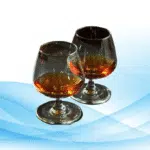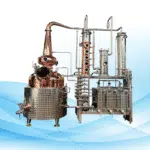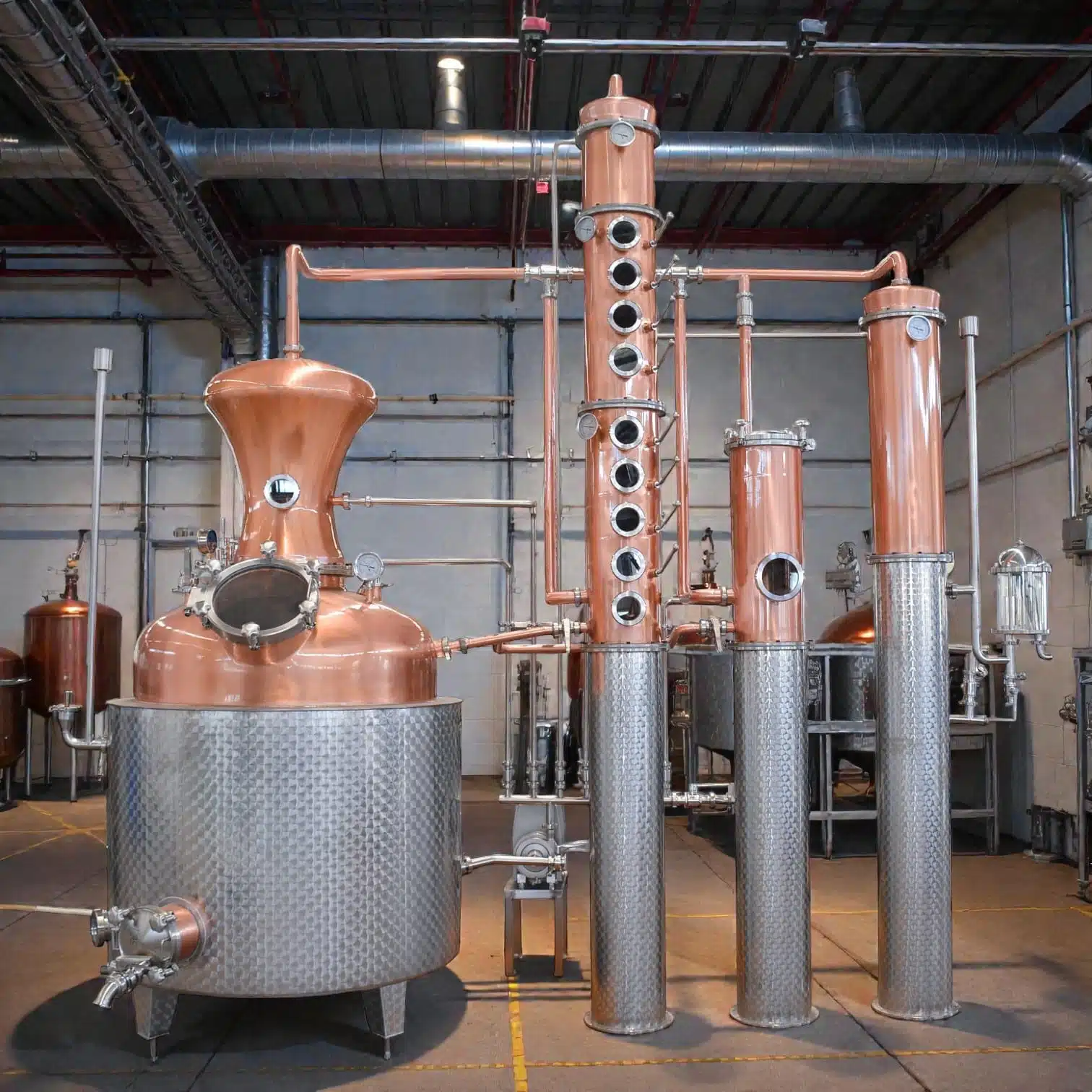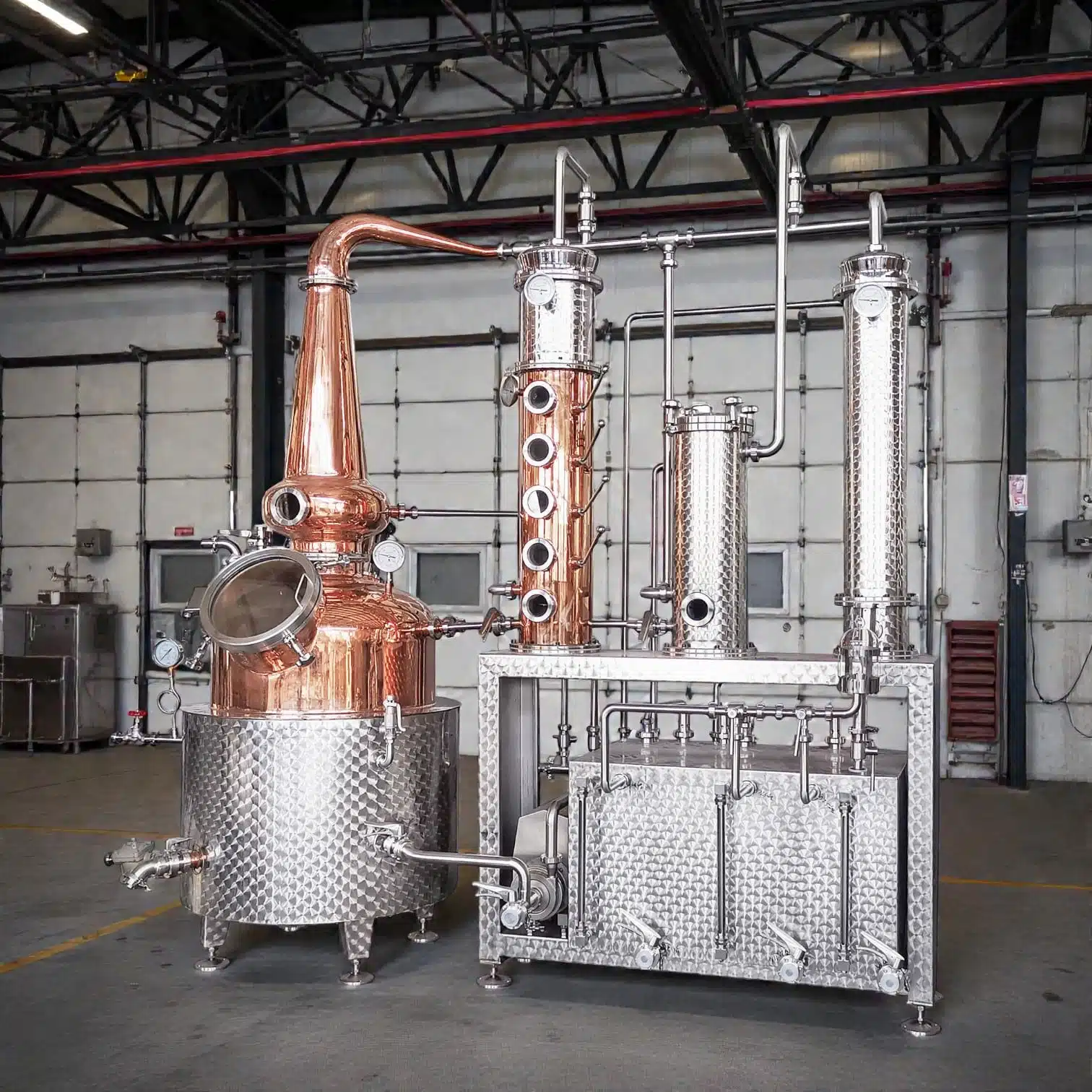There are two main types of stills used in the distillation of spirits: reflux stills and pot stills. Although both offer their own advantages, reflux stills have gained popularity over time due to their efficiency and versatility compared to pot stills. Here we will examine these features of reflux stills before comparing them to pot stills.
What is a reflux still?
A reflux still is a type of still that uses a fractionating column to continuously distill liquid. The column is packed with packing material, such as copper mesh or ceramic beads, to increase the surface area over which condensed and re-distilled vapor can condense and re-condense, producing a purer final product.
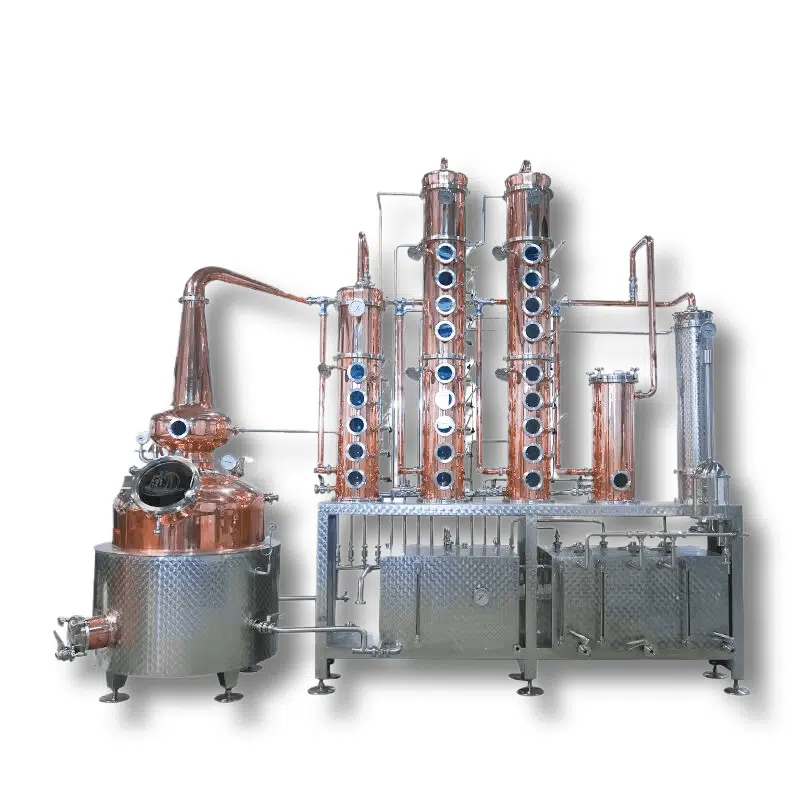
Efficiency
One of the main advantages of a reflux still is its efficiency. Vapor is continuously redistilled through the fractionating column until there is a higher concentration of alcohol in the final product compared to pot still production methods. As a result, less time and energy is required to produce alcohol using this method than would otherwise be required in pot stills.
Versatility
An advantage of reflux stills is their flexibility. Their fractionating column can be adjusted to produce different levels of purity in the final product, making them suitable for producing different types of spirit – from high-proof moonshine to smooth vodka – unlike pot stills, which tend to produce only one type of spirit at a time.
Cost
While reflux stills may have a higher initial cost than pot stills, their efficiency and versatility can save money over time. Reflux stills require less energy and ingredients to produce alcohol on a large scale, offering long-term cost savings.
Reflux Stills vs Pot Stills
What is the difference between a reflux still and a pot still? Each has its own advantages and disadvantages, but ultimately the decision comes down to personal preference and the type of spirit you wish to distill. Reflux stills are best suited to producing spirits with higher purity standards on an expensive still; pot stills may be better suited to producing multiple spirits on a tighter budget.

